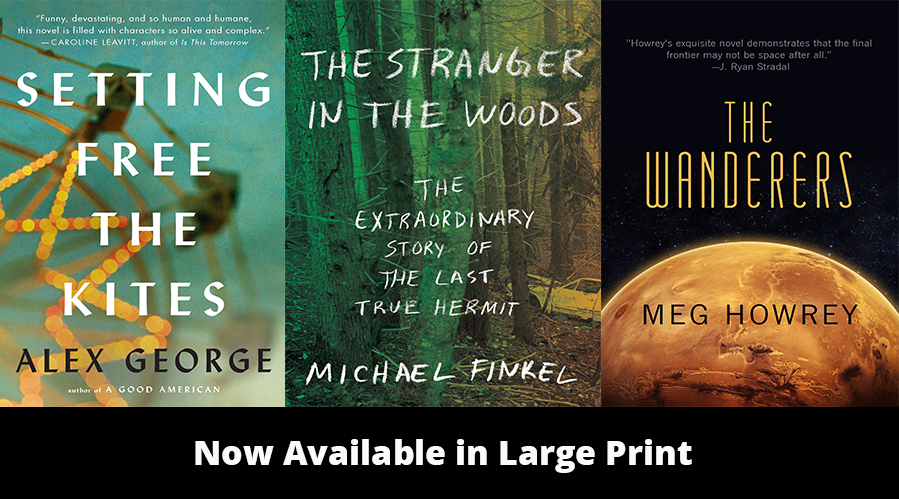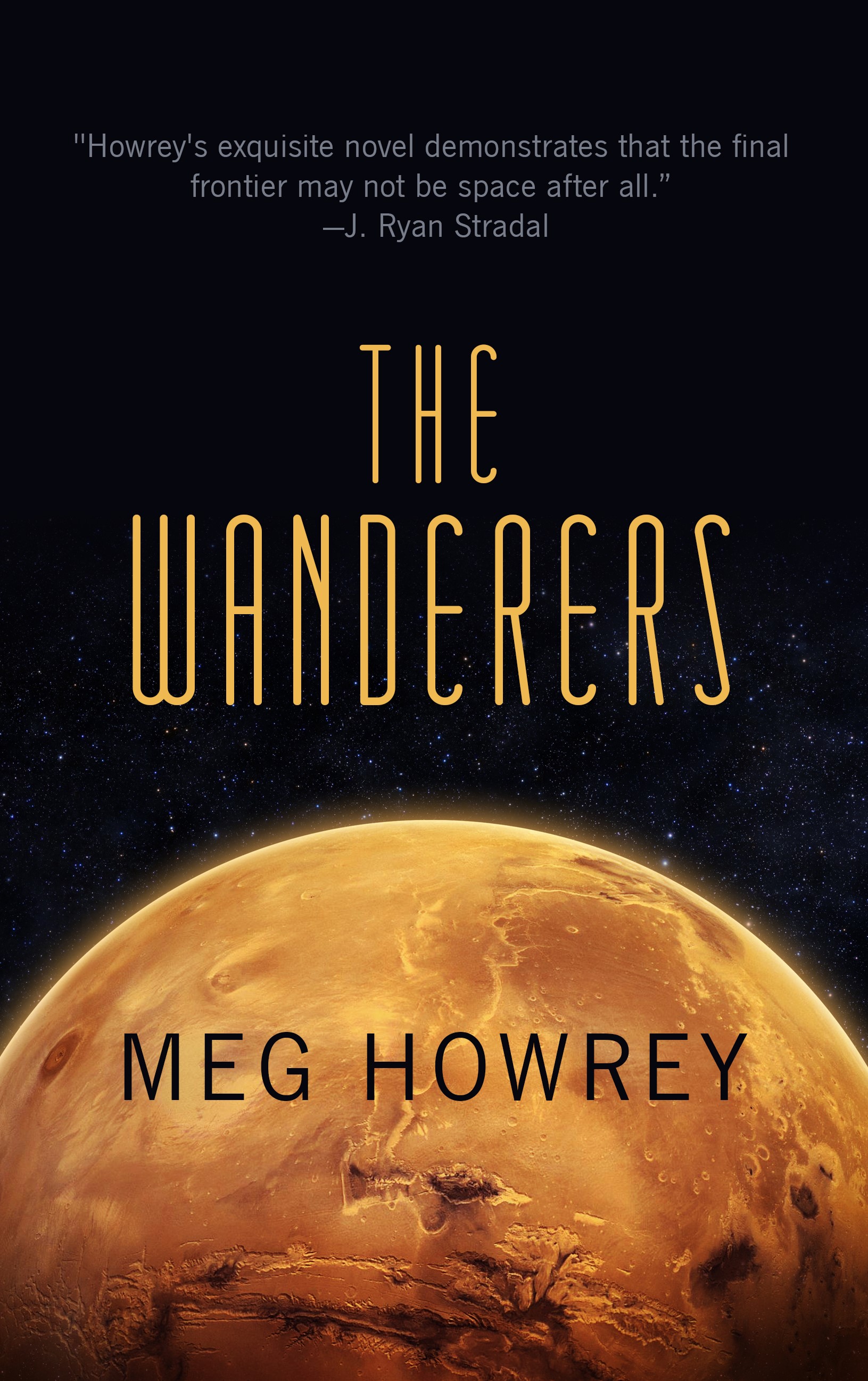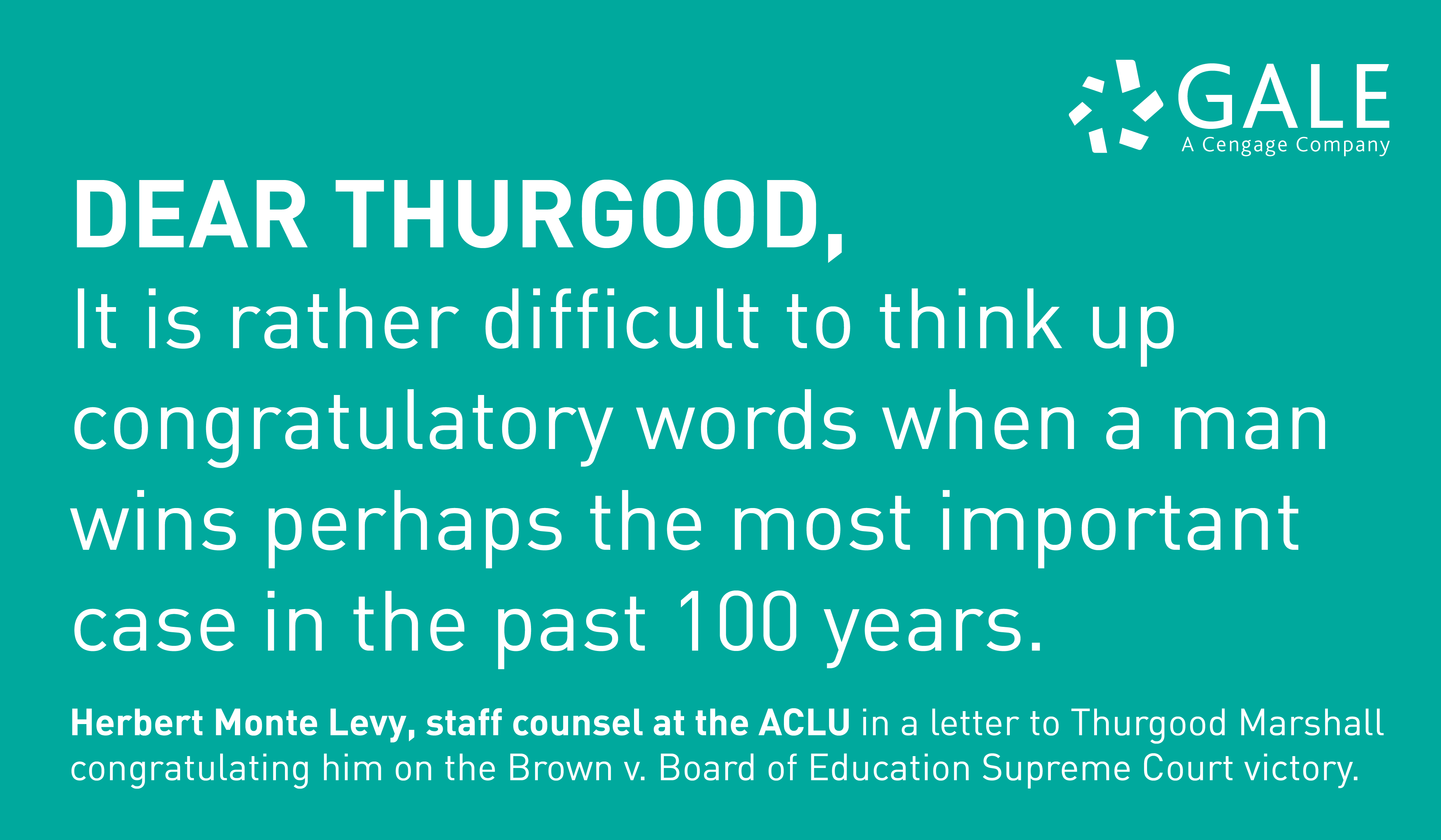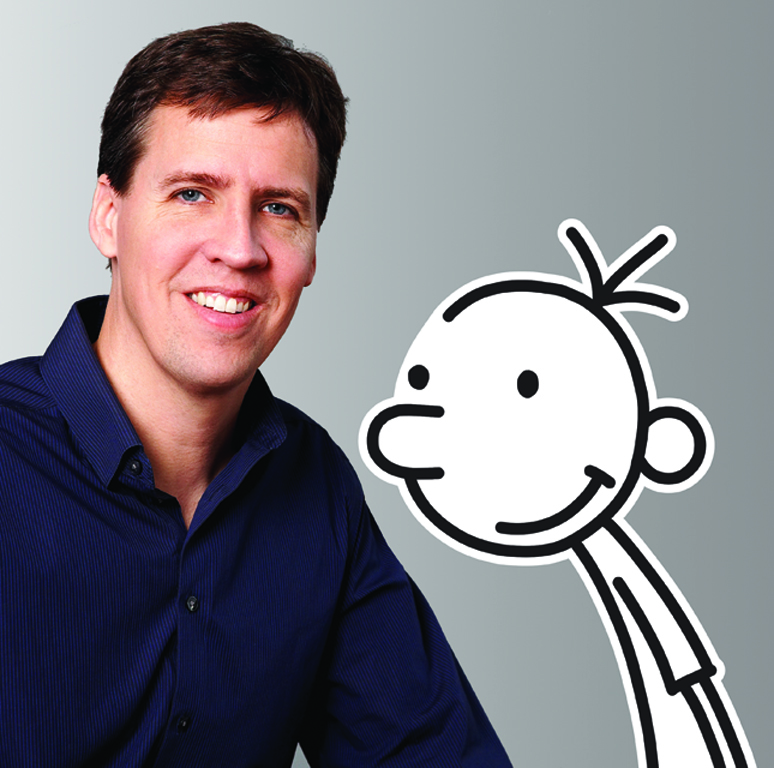2017 RUSA Reading List
The Reading List Council has announced the 2017 selections for the Reading List, an annual best-of list for adult readers. Announced during the American Library Association’s Midwinter Meeting, the list seeks to highlight outstanding genre fiction. We are excited to have many of the titles that were announced and we know your readers will enjoy all of these great reads. Titles we’ve published include:
Adrenaline Winner and Short List Nominee
**Winner — ORPHAN X by Gregg Hurwitz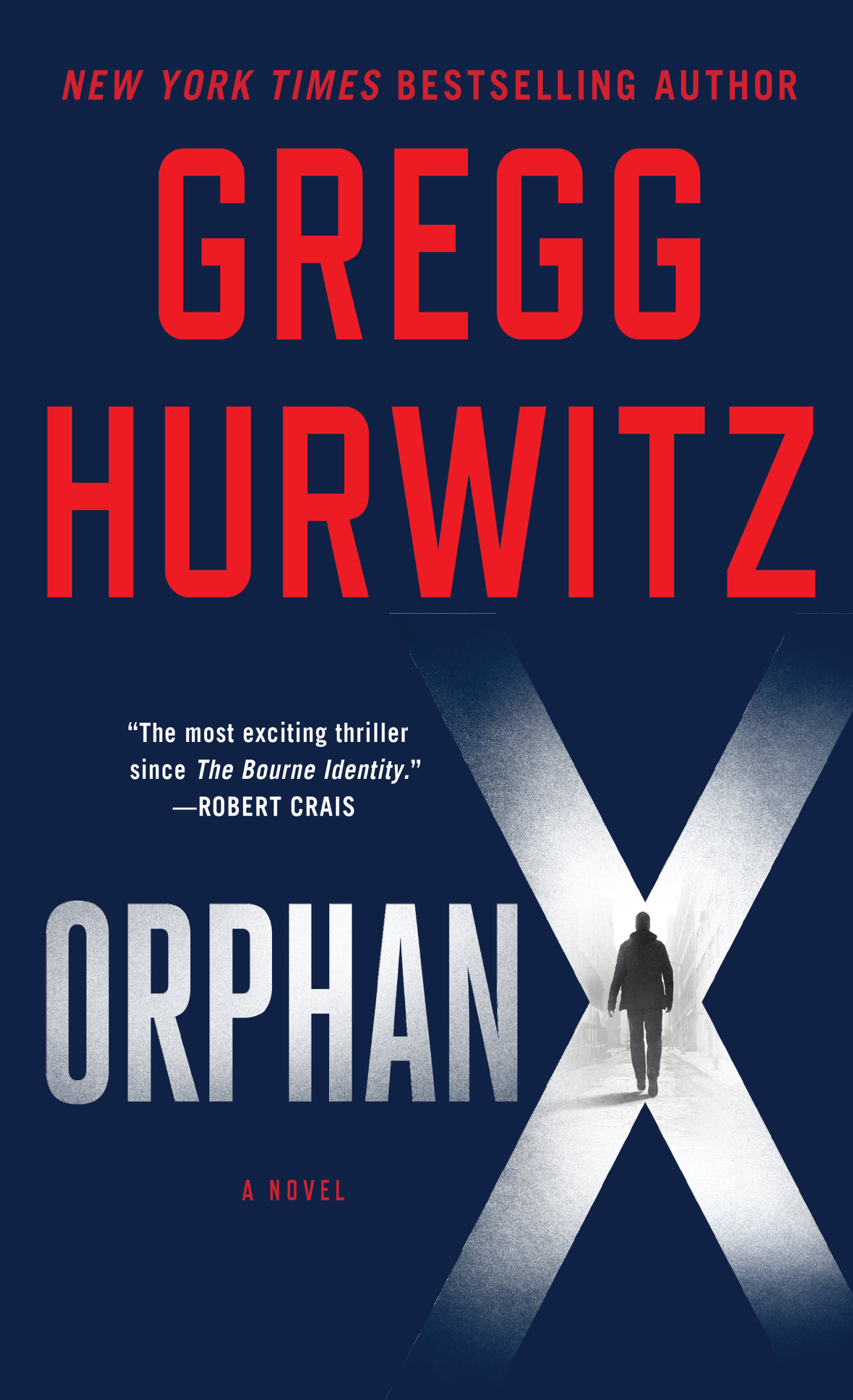
9781410486370
The Nowhere Man is a legendary figure spoken about only in whispers. It’s said that when he’s reached by the truly desperate and deserving, the Nowhere Man can and will do anything to protect and save them. Booklist’s starred review called it “a high-tech, nonstop thriller . . . A standout,” while Publishers Weekly’s starred review called it “an excellent series opener.” This Indie Next Pick if perfect for fans of Jack Reacher, Mitch Rapp, and Jason Bourne. (Basic 6 — 2/3/2016)



